In the TFX pipelines, how do we make use of BulkInferrer?
It is quite standard to connect the BulkInferrer with a trained model or pushed_model. However, what if I don't want to train the model again, instead I would love to use a previously trained model or pushed_model and use the BulkInferrer for batch inference(kinda like serving with BulkInferrer). Is it possible to do that?
If not, what is the purpose of BulkInferrer component, just to do a one-time prediction or validation after the whole training?
Any suggestions or comments will be appreciated, thanks.
